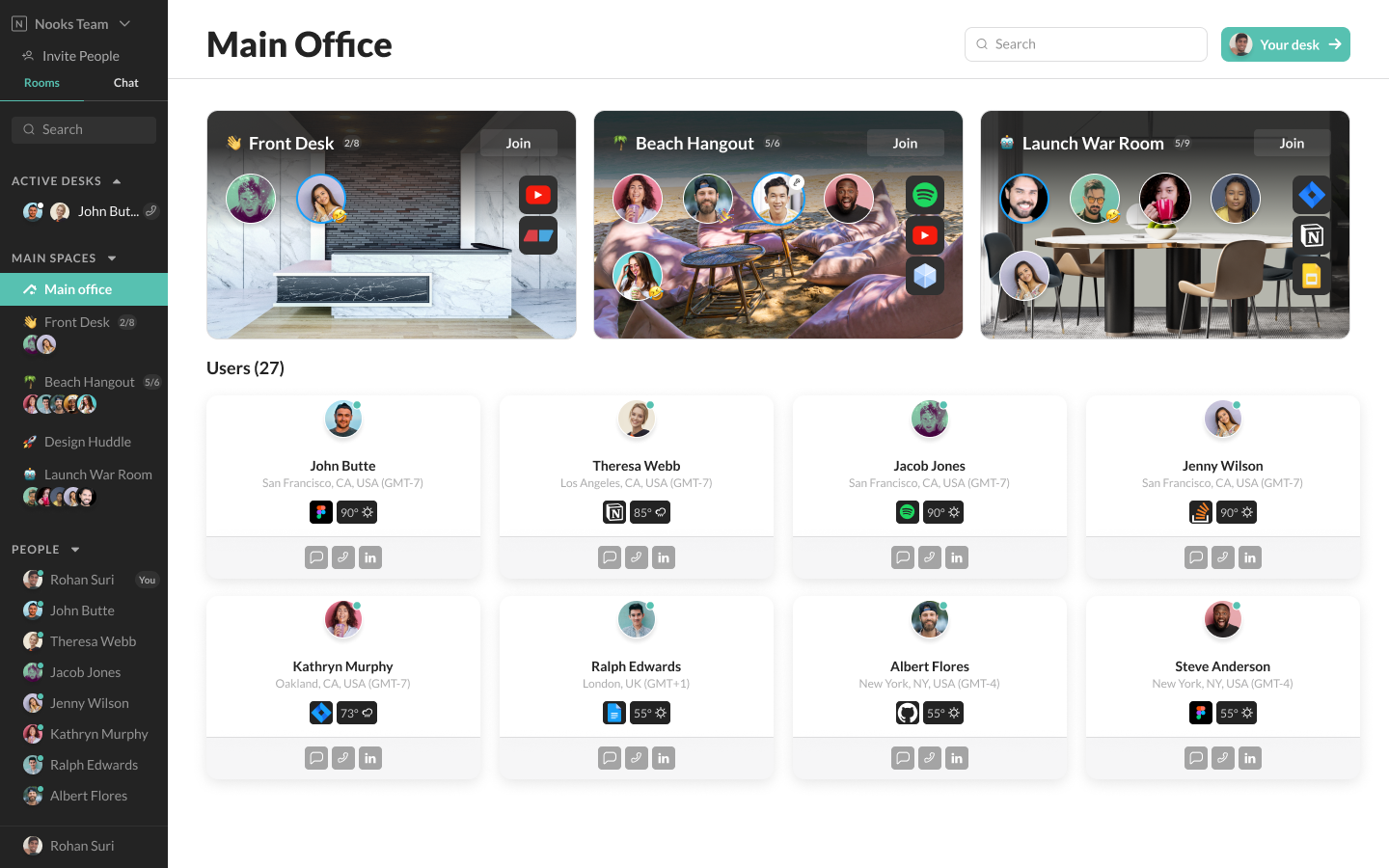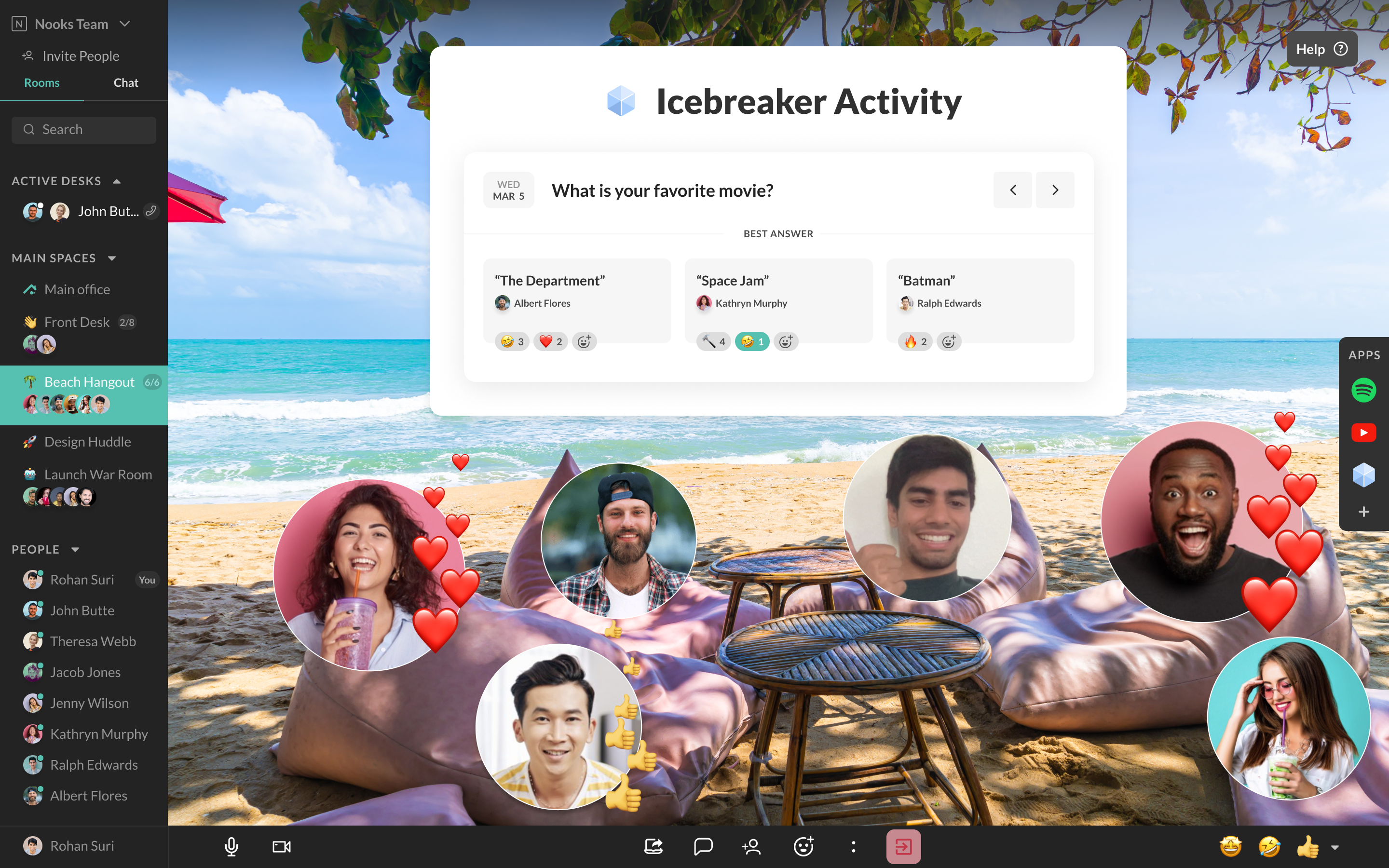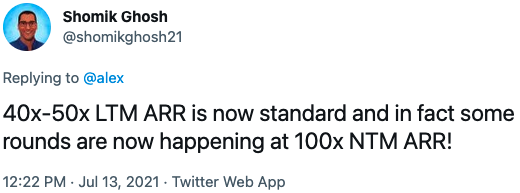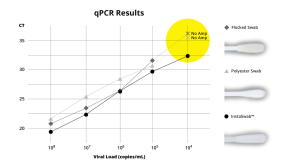The increasing regulation of ESG (environmental, social, governance) disclosure reporting may have started in the public markets, but will almost certainly have downstream effects for private market actors — for founders, companies and investors.
Since his confirmation as the chair of the U.S. Securities and Exchange Commission in April, Gary Gensler has made reforming ESG disclosures concerning climate change risk and human capital a top priority. The SEC’s regulatory agenda confirms as much. And Gensler is not alone in his focus on ESG at the federal level.
President Joe Biden issued an executive order encouraging regulators to assess climate-related financial risk. At the end of March, Treasury Secretary Janet Yellen wrote on Twitter that “our future livelihoods … depend on the financial sector to build a more sustainable and resilient economy.” Congress is considering measures that would require increased ESG disclosures, including the Improving Corporate Governance Through Diversity Act, the Diversity and Inclusion Data Accountability and Transparency Act and the Climate Risk Disclosure Act.
This renewed federal focus on ESG issues will bolster the SEC’s effort to create disclosure practices for public companies and mutual funds. Regardless of whether these federal policies around ESG come to pass, they reflect a momentum that will almost certainly impact private markets:
- Firms that want to go public — whether via SPAC, direct listing or traditional IPO — may have to seriously consider board diversity or environmental reporting in conjunction with — or well in advance of — their debuts.
- Private companies seeking to align with public companies as vendors or partners may be expected to meet specific ESG requirements before the engagement.
- Startup founders and venture funds raising capital may work to maintain the largest target market by proactively scoping ESG engagements to ensure they meet criteria for investors who may have their own ESG-focused investment requirements.
In his confirmation hearing before the Senate in early March, Gensler said, “Markets — and technology — are always changing. Our rules have to change along with them.”
The federal government is moving to increase regulation around ESG disclosure requirements with the goals of establishing greater transparency and metrics for public companies.
The federal government is moving to increase regulation around ESG disclosure requirements with the goals of establishing greater transparency and metrics for public companies. These requirements are a response to the changing markets — demands from consumers, scrutiny from investors and a general insistence for higher corporate standards from society at large.
Private markets aren’t immune to these forces. Already, three-quarters of investors in a 2020 survey said it was very important to measure the success of sustainability initiatives, but they also said there’s been a lack of clarity on how to define and measure outcomes.
To be sure, private markets are not headed toward full-scale adoption of ESG regulations. They will not be subject to the same reporting or disclosures framework as their public counterparts. Not today, and possibly not for some time.
But we may begin to see private investors, funds and companies adapting to get ahead of ESG regulation and position themselves to effectively operate in a new — albeit adjacent — regulatory environment. In their case, the rules may not change — but the game could.






